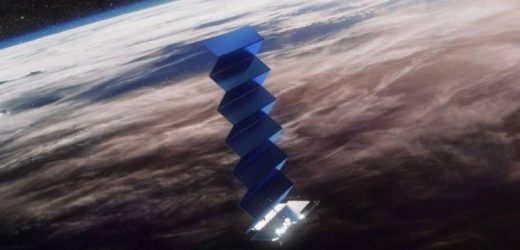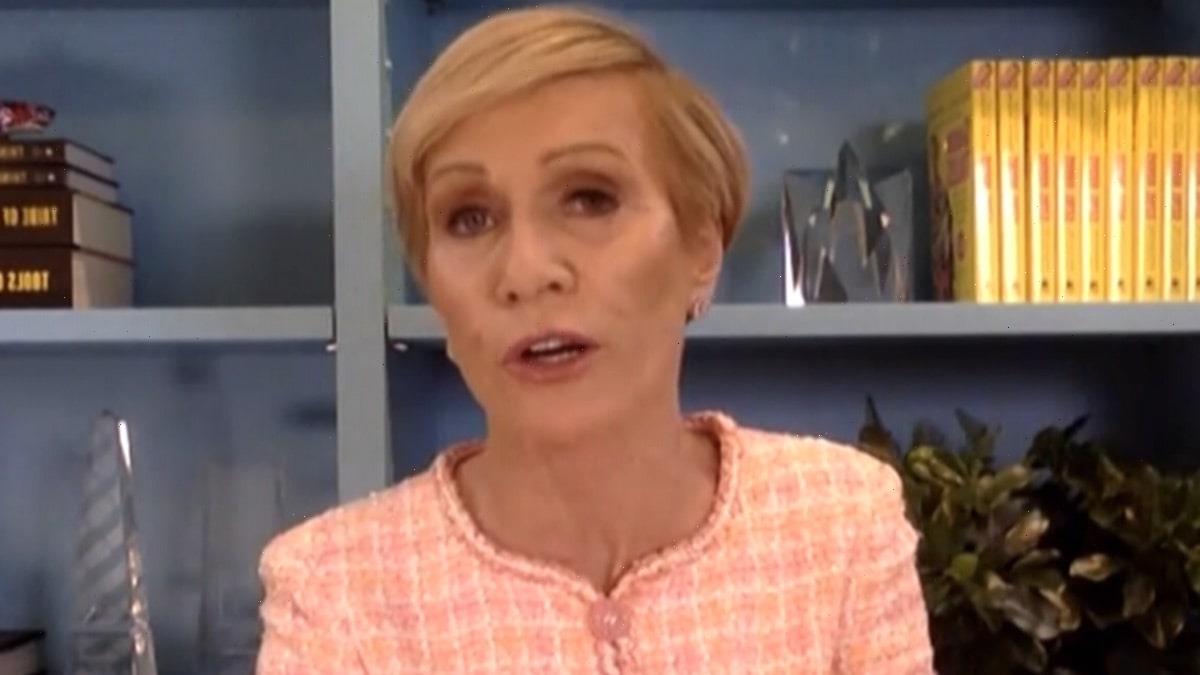SpaceX deploys 60 Starlink satellites into orbit
When you subscribe we will use the information you provide to send you these newsletters. Sometimes they’ll include recommendations for other related newsletters or services we offer. Our Privacy Notice explains more about how we use your data, and your rights. You can unsubscribe at any time.
The satellites came within 190ft (60m) of each other, prompting “red alert” warnings from the US Space Force. Elon Musk’s SpaceX and OneWeb are vying to build a space-based broadband service by seeding low-Earth orbit with tens of thousands of satellites. The incident took place on March 30, just five days after OneWeb launched a batch of 36 satellites into space from Russia.
As the satellites cruised to their desired orbit, they had to navigate through a field of SpaceX’s Starlink satellites.
The companies deploy their satellites at different orbits, with OneWeb reaching up to 745 miles (1,200km) above the Earth – more than twice as high as SpaceX.
The International Space Station (ISS), for comparison, orbits the planet day in, day out from an average altitude of 250 miles (402km).
Luckily for all parties involved, a bit of fast thinking helped avoid a major orbital disaster.
If the satellites had collided, there is a risk their debris would have set off a chain reaction, destroying other spacecraft and polluting orbit with hazardous space junk.
The companies were informed of a possible collision by the US Space Force’s 18th Space Control Squadron, which predicted a 1.3 percent chance of disaster.
OneWeb’s engineers quickly got in touch with SpaceX by email, to help manoeuvre the satellites out of the way.
Chris McLaughlin, chief of government affairs at OneWeb, told The Verge SpaceX flipped the switch on Starlink’s AI-powered collision avoidance system, effectively allowing OneWeb to move its satellites out of harm’s way.
NASA: Expert compares SpaceX to UK’s OneWeb
Diana McKissock, Space Force 18th Space Control Squadron, said: “This event was a good example of how satellite operators can be responsible given the constraints of global best practices
“They shared their data with each other, they got in contact with each other, and I think in absence of any global regulation, that’s… the art of the possible.”
However, concerns have been raised about SpaceX’s automated systems as satellite operators have no way of telling how Starlink satellites will behave in similar situations.
Mr McLaughlin said: “Coordination is the issue. It is not sufficient to say ‘I’ve got an automated system,’ because the other guy may not have, and won’t understand what yours is trying to do.”
To date, OneWeb has only launched 146 satellites, with plans to expand the constellation to tens of thousands.
DON’T MISS…
Elon Musk and Grimes favourites to become first to marry in space [REPORT]
Sir Richard Branson says he is on the ‘cusp’ of human spaceflight [INSIGHT]
Suspected ‘UFO crash site’ uncovered on Google Maps [PICTURES]
SpaceX, for comparison, has already launched more than 1,300 and similarly aims to populate the night sky with Starlink.
And the two companies are not doing it alone – far from it.
Amazon boss Jeff Bezos has also revealed his plans to join the new space race with plans to put thousands of satellites into orbit.
Scientists voiced concerns about the growing number of objects in orbit, which they believe could pose a threat to spaceflight, scientific observations and satellite operations.
According to the US space agency NASA, there are already millions of pieces of debris floating around our planet at breakneck speeds.
Most of this space junk is man-made, such as rocket parts, flecks of paint from spacecraft and dead satellites.
Many of these objects are circling the planet at speeds of 18,000mph, making them a “safety risk to people and property in space and on Earth”.
NASA said: “Space junk is no one countries’ responsibility, but the responsibility of every spacefaring country.
“The problem of managing space debris is both an international challenge and an opportunity to preserve the space environment for future space exploration missions.”
Source: Read Full Article






